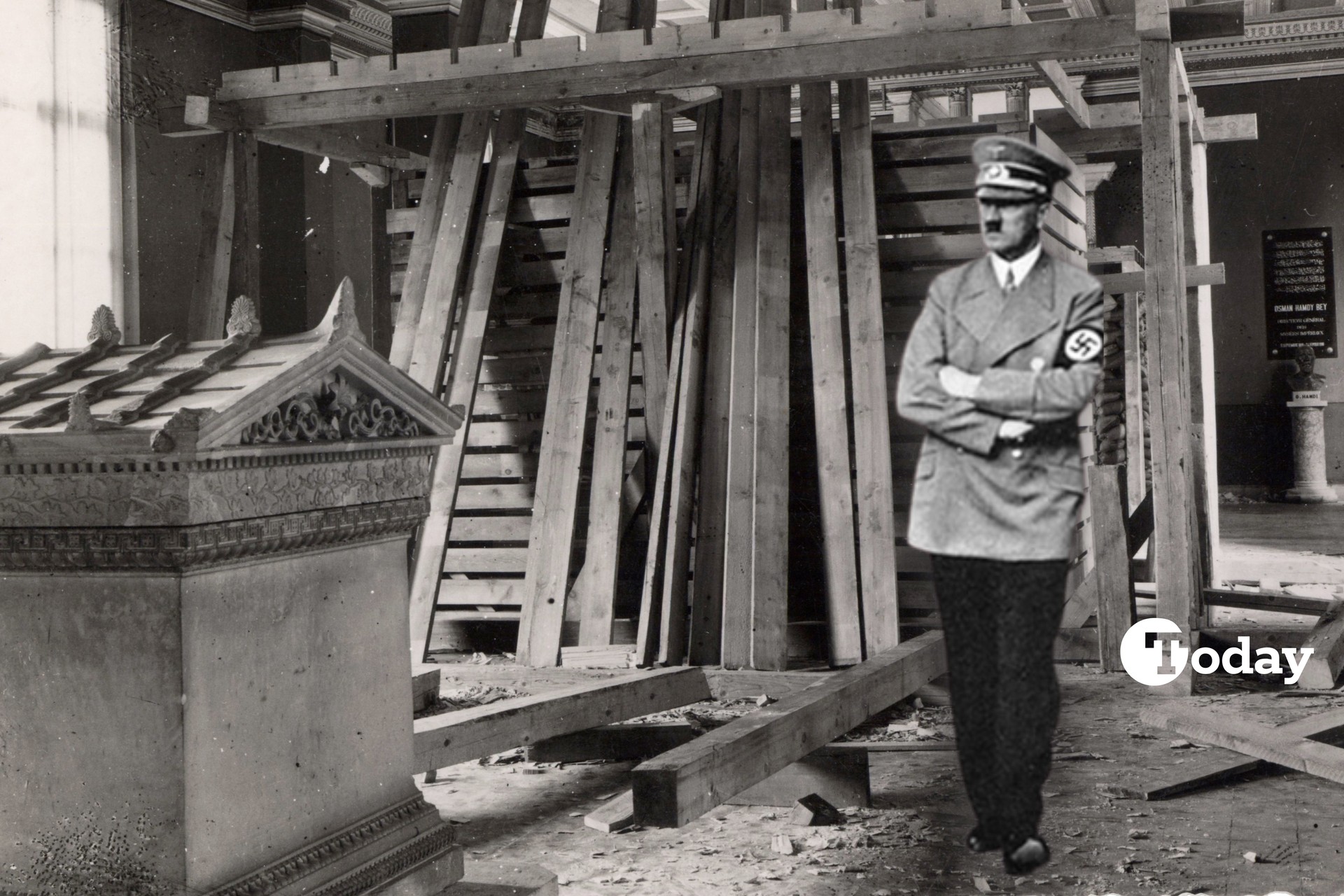
On Sept. 1, 1939, German armies entered Poland, marking the start of a new world war. On Sept. 3, Britain and France, having guaranteed protection to Poland, declared war on Germany and the war spread all over Europe.
Polish troops offered little resistance to German armored divisions and Poland surrendered. In the spring of 1940, Germany turned its direction to the West and occupied Denmark and Norway in April. In May, Germany launched an attack on France, which ended in the latter's unconditional surrender.
In the meantime, Italy declared war on France and allied with Germany. In the face of worrying developments, Türkiye officially joined the war on Oct. 19, 1939, as a result of the Mutual Interdependency Agreement signed with Britain and France. However, Britain and France failed to deliver the promised military and economic aid. As a result, Türkiye officially announced its decision not to participate in the war on June 14, 1940.

Following the entry of the German army into Bulgaria, Hitler tried to reassure Türkiye by telling Ismet Inonu that German troops would stop about 50 kilometers away from the Turkish border. However, this did not convince Türkiye to leave the side of caution.
A series of documents, which were declassified in 1984, outlined the measures taken since the beginning of the war, including the evacuation of the population in Thrace and Istanbul. These were reported in the daily Cumhuriyet on April 10, 1941:
"While announcing the measures that our government thinks for İstanbul, we would like to emphasize the following few points: Türkiye is not involved in the war and there is no general mobilization for the war situation in Türkiye. Türkiye has decided to not enter the war unless attacked in our own territory and there is no such attack as of today. However, it is known that the war zone has reached to our western borders. As with every prudent country, we need to be cautious. In the face of an imposition, it is useful and natural that we take the necessary measures so that our nation does not fall into any trouble."
Population evacuation was also implemented in areas that were close to the borders during the war. Various measures were introduced in other areas as well, including for museums, which were under threat from Hitler.
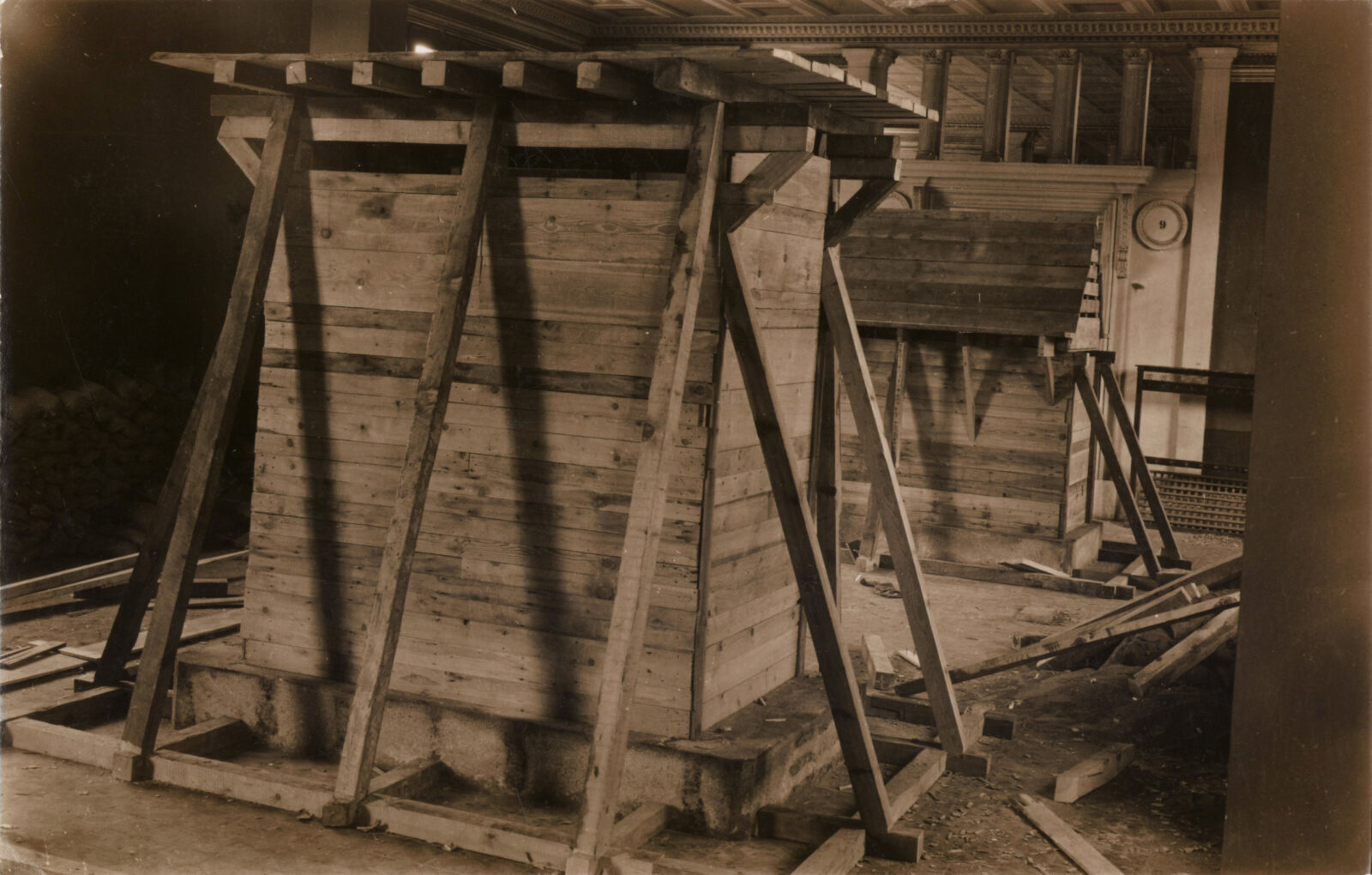
In 1939, it was decided that the contents of the Istanbul Museum, the Istanbul Library, the Maarif Printing House and the Observatory would be transferred to places deemed appropriate by the Ministry of Education. With the commencement of World War II, Istanbul museums were closed to visitors and necessary works were carried out to transport valuable works to reliable places. The transportation of Istanbul museums and libraries to Central Anatolia started in 1939 and was never mentioned in the Turkish press.
The measures taken during that time can be divided into three groups: deciding on the works to be transported, identifying works that could not be transported for various reasons and protecting the museum buildings.
The document indicated that 436 crates from Topkapi Palace and Turkish and Islamic Art Museums, 55 crates from the Istanbul Archaeological Museums and 278 crates of precious artifacts from Istanbul libraries were prepared for transportation. It was also stated that Sarihan and Akmedrese in Nigde were prepared for the placement of some of the museum works and the Nigde Historic Bedesten would be repaired as a precaution.
Artifacts classified as second-level of material artistic value for transferred to secure places in the cellars of the museums.
It is stated that the artifacts of the second level of material artistic values are transferred to the protected places in the cellars of the museums. Around ₺10,000 was requested for the transportation of precious works in Istanbul museums to Central Anatolia from the 1940 fiscal budget of the Education Ministry. Another ₺5,000 was allocated for the arbitration of the Sayda Sarcophagus in Istanbul museums, which couldn’t be transported to Central Anatolia. The funds were for the reinforcement of hall numbers 7-8 and other passive protection measures.
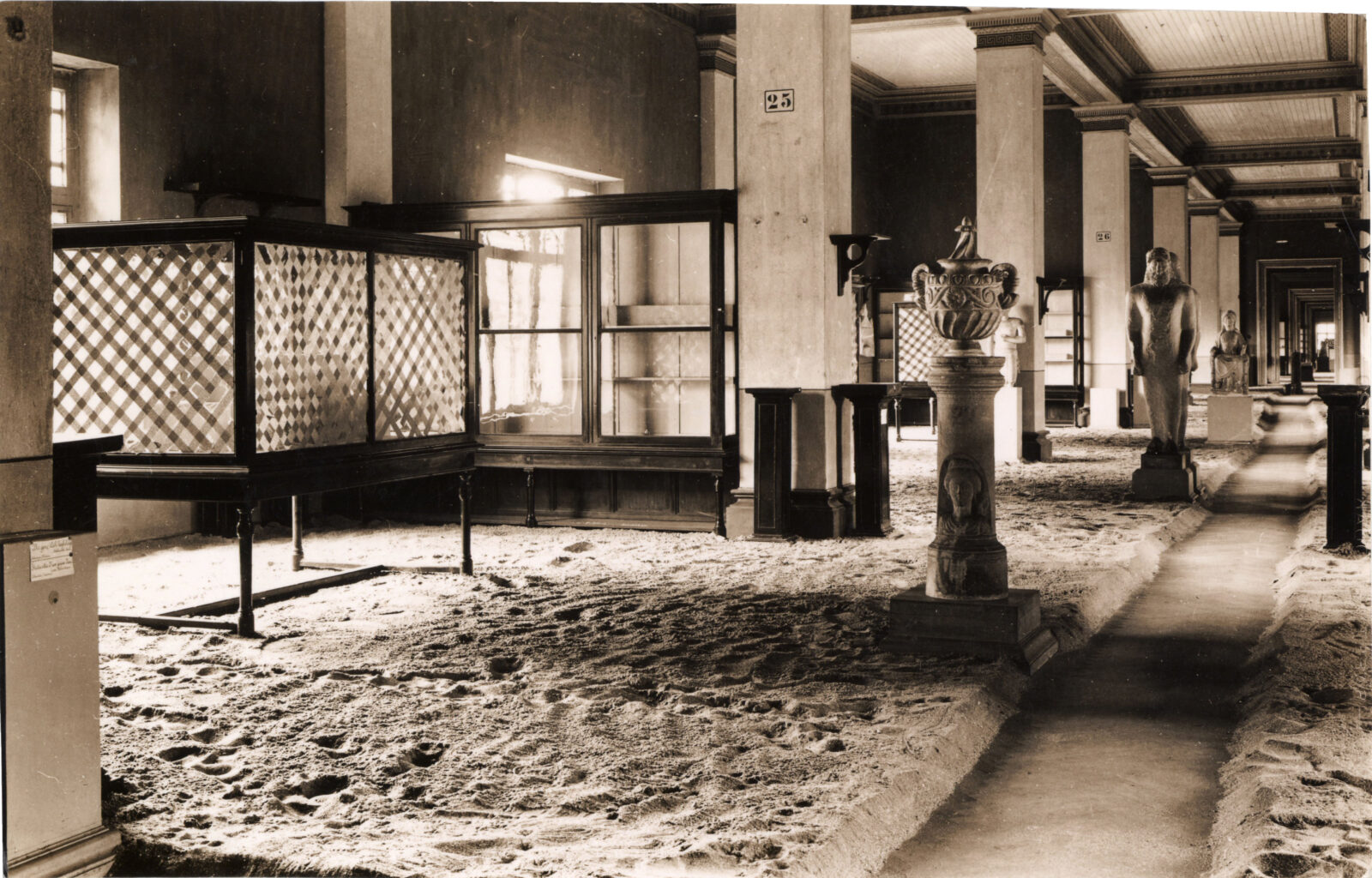
In addition to Sarihan and Akmedrese in Nigde, a church in Nigde was reserved for the preservation of such works and books. Around ₺1,500 was allocated for the repair of the church and the buildings in front of it. The document also stated that the Ankara Ethnography Museum was also being considered for artifact transportation. Transportation of first-tier precious monuments and packaging the second-tier ones was discussed in the budget debates.
A petition written by the General Directorate of Istanbul Archaeological Museums and sent to the Ministry of Education listed the measures to be taken in Istanbul Archaeological Museums. Accordingly, various measures were considered, such as tripling the thickness of the sand masks around the sarcophagus, which was not being transported, and reinforcing the wooden beams and raising them back to the ceiling with sandbags.
Also, considering the possibility of a fire from a bomb hitting the building's roof, the parquet flooring of the upper floor was covered with a 15-centimeter layer of sand. Removal of the statues and objects under the console and counterparts hanging in various halls was also considered.
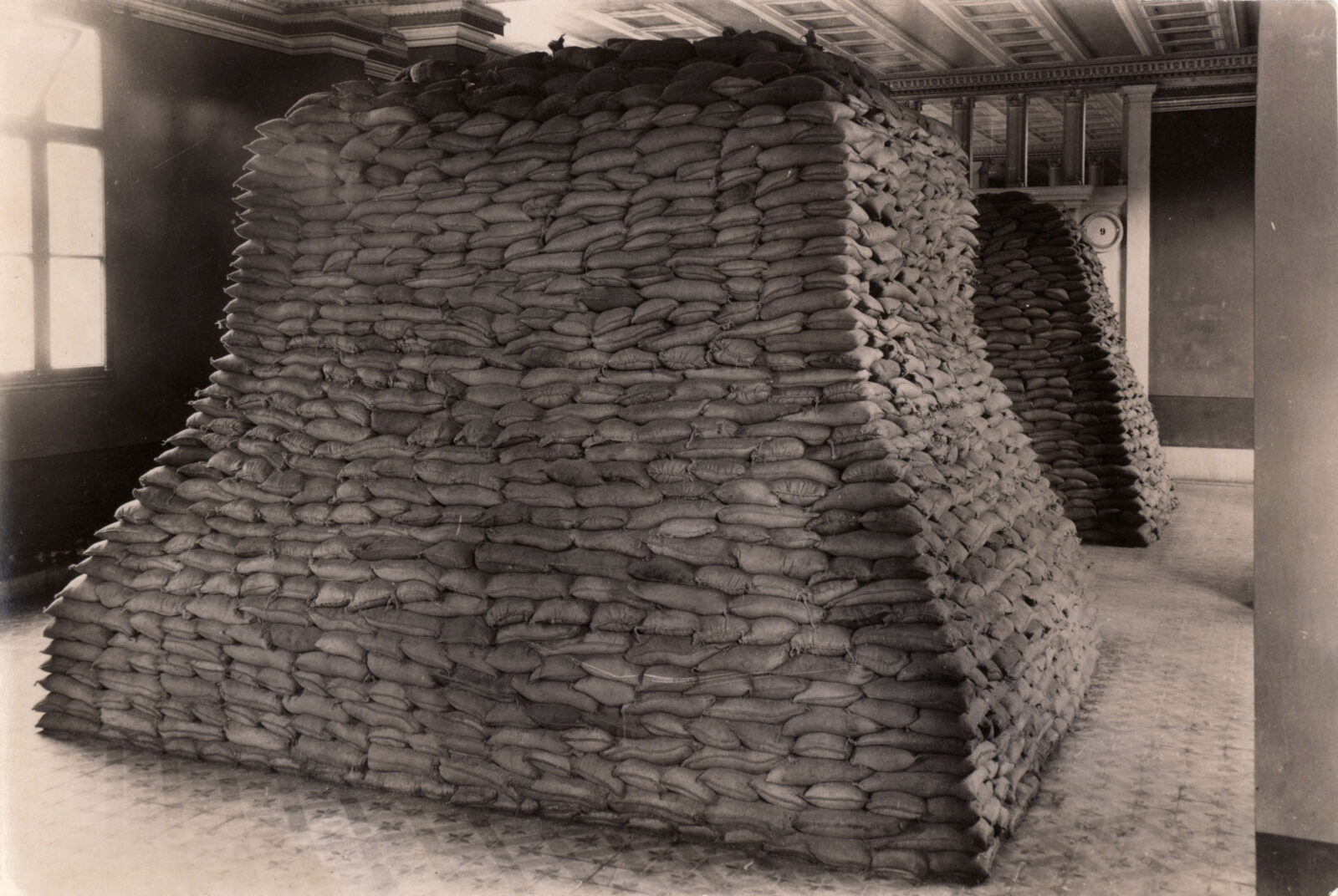
In addition to the transported works, it was proposed to surround the works that stayed in place with sandbags for protection. Despite the possibility of a fire bomb, it was proposed to lay sand from the roof of the Archaeological Museum to the wooden floors. Thanks to the architect Ali Saim Ulgen's valuable archive, the photographs of these passive protection measures have survived to this day.
Apart from the human tragedy he created, Hitler became a major threat to works of art such as museums, art galleries and churches. During the war, when tens of thousands of people perished, a group of people struggled to protect these treasures of human history. While the Hermitage Museum in Russia was carrying out transport activities independently and unaware of others, officials of the Republic of Türkiye and curators were also waging their own battle to protect precious artifacts.
Today, every work we see in Istanbul Archaeological Museums, Topkapi Palace Museum, or Turkish and Islamic Art Museum, whether showcased or stored in warehouses, has been through these processes. Many of said works remained under the protection of the museum and security forces, secretly assigned to Nigde for many years.
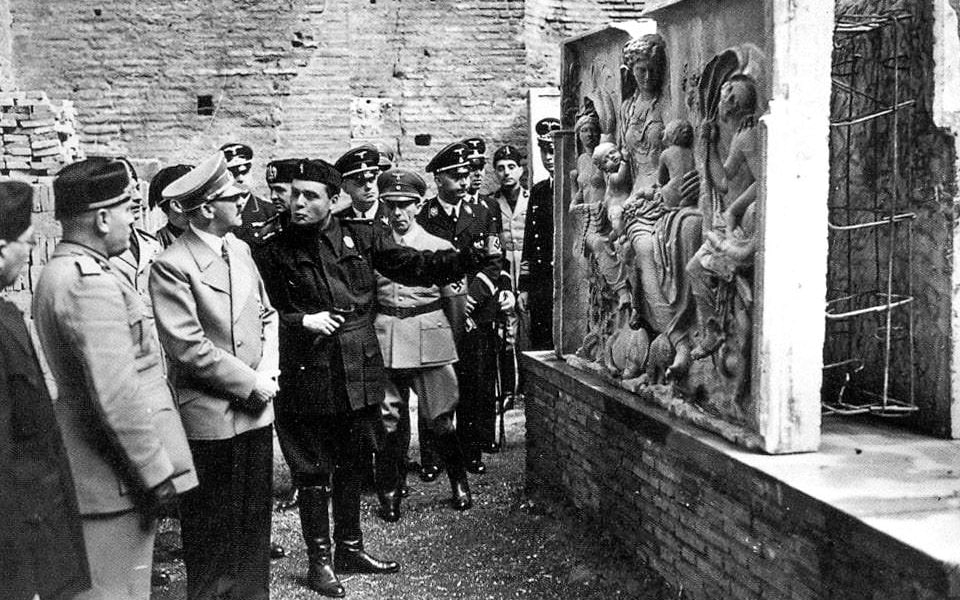
The confidential status of the documents, which were the subject of this article, was lifted in 1984, about 44 years after the events. The list of transferred works is concealed in the inventory books of museums such as the Istanbul Archaeological Museums, the Museum of Turkish and Islamic Arts, the Topkapi Palace Museum, the Hagia Sophia Museum and the Tombs Museum.
Seeing a temporary exhibition in Istanbul featuring works transferred to Anatolia, and participating as a museum curator in this exhibition and catalog work, is one of my greatest professional dreams.
Who knows, maybe one day a temporary exhibition titled “Our mission is evacuation: Protecting Istanbul museums from Hitler” will be presented for the audience in Istanbul.